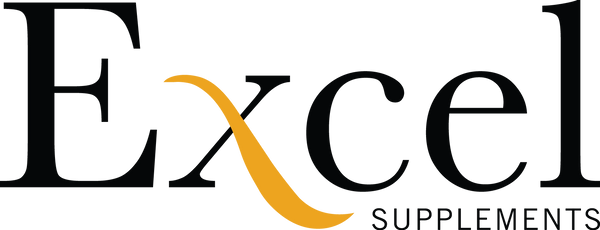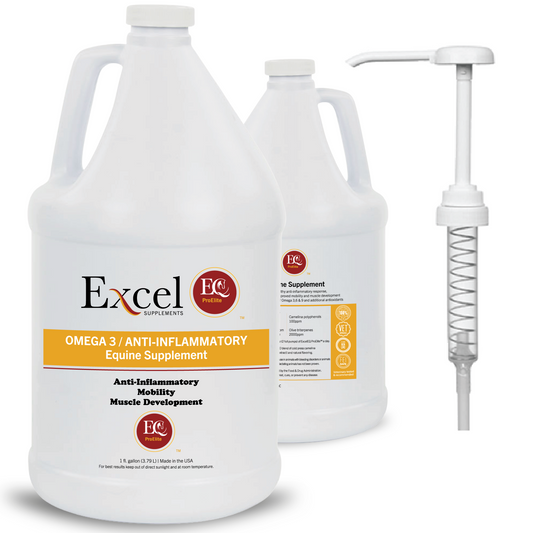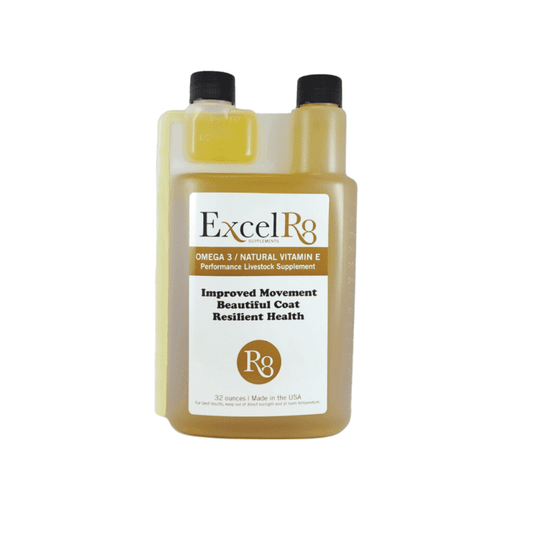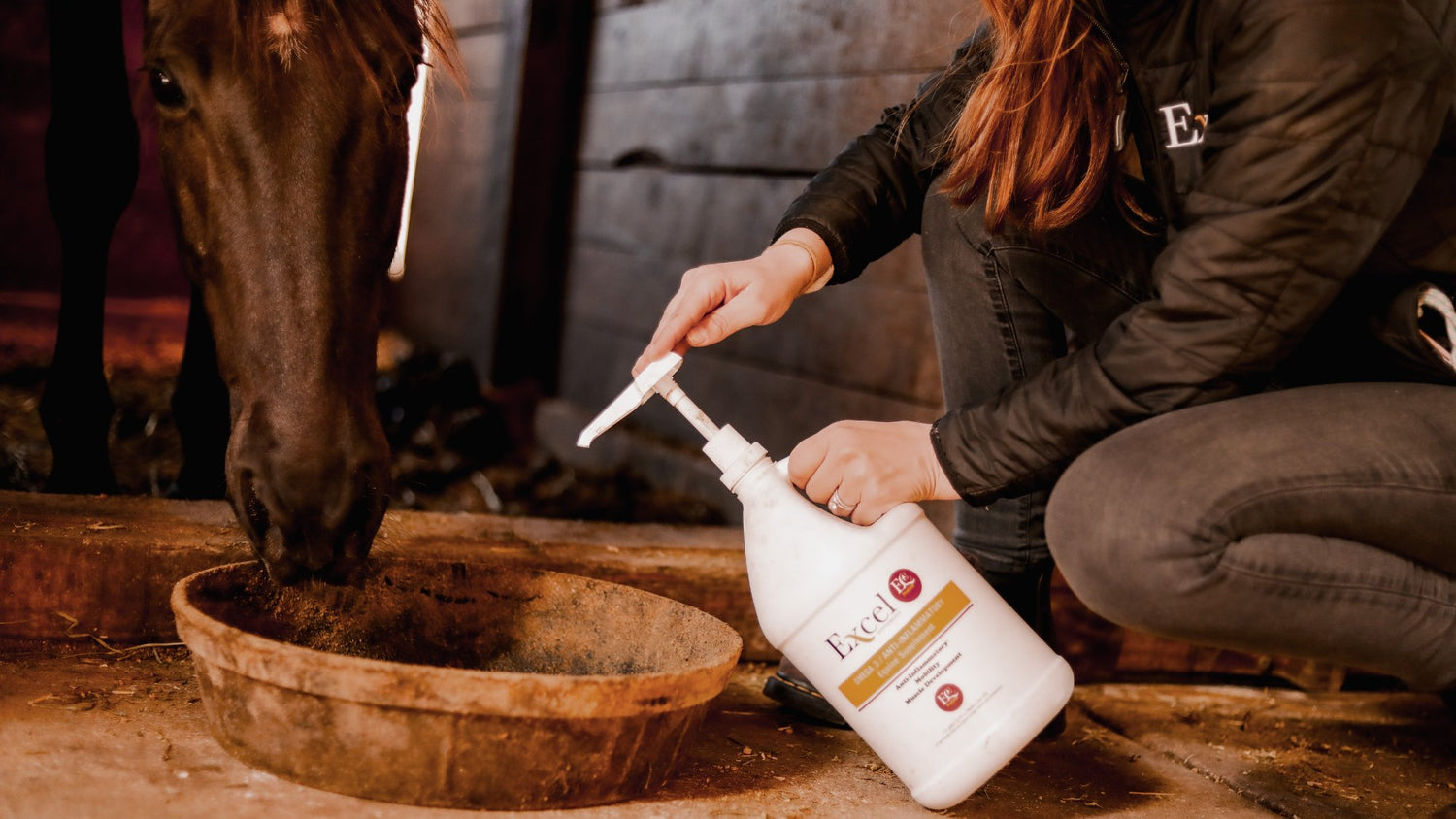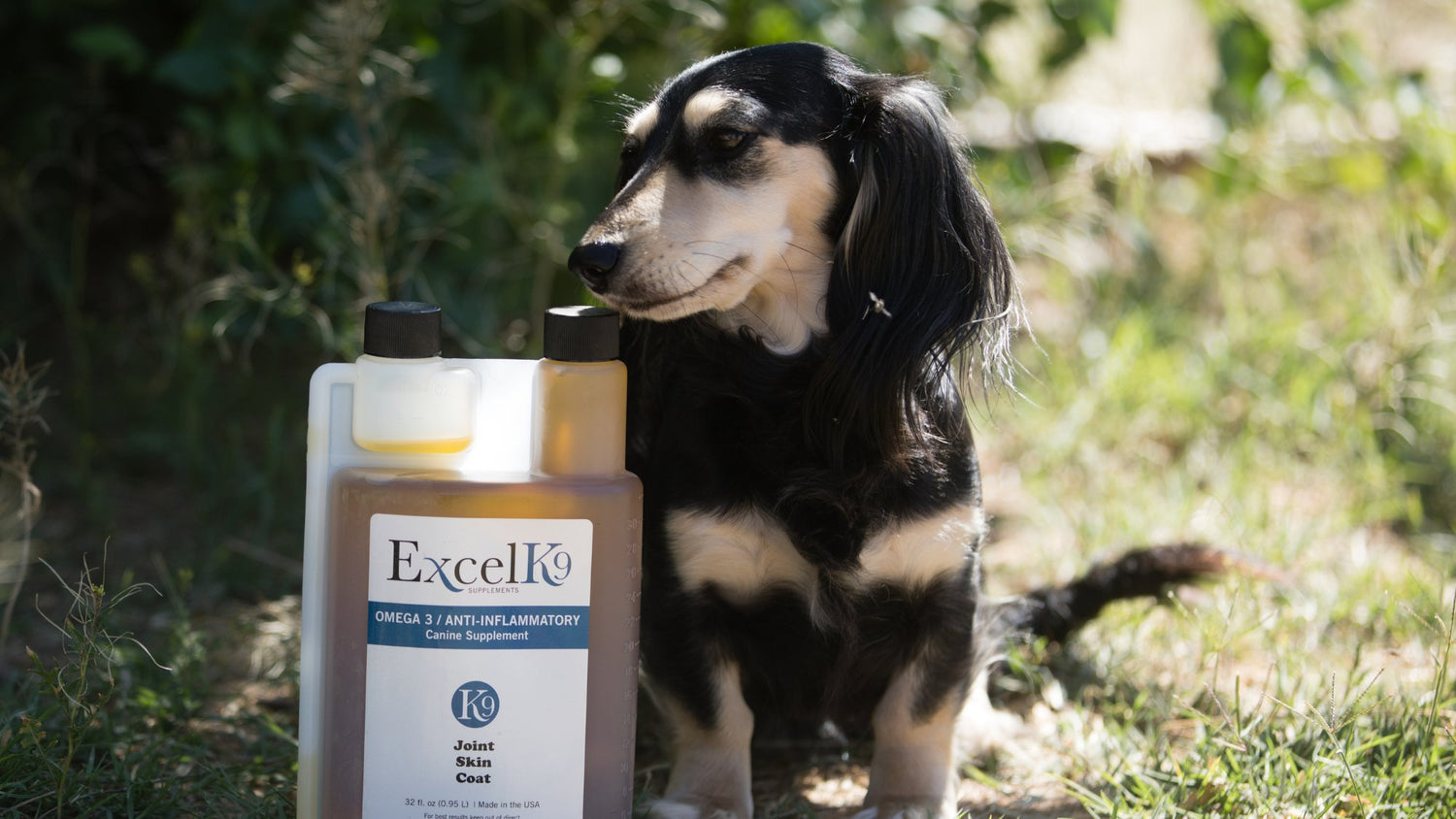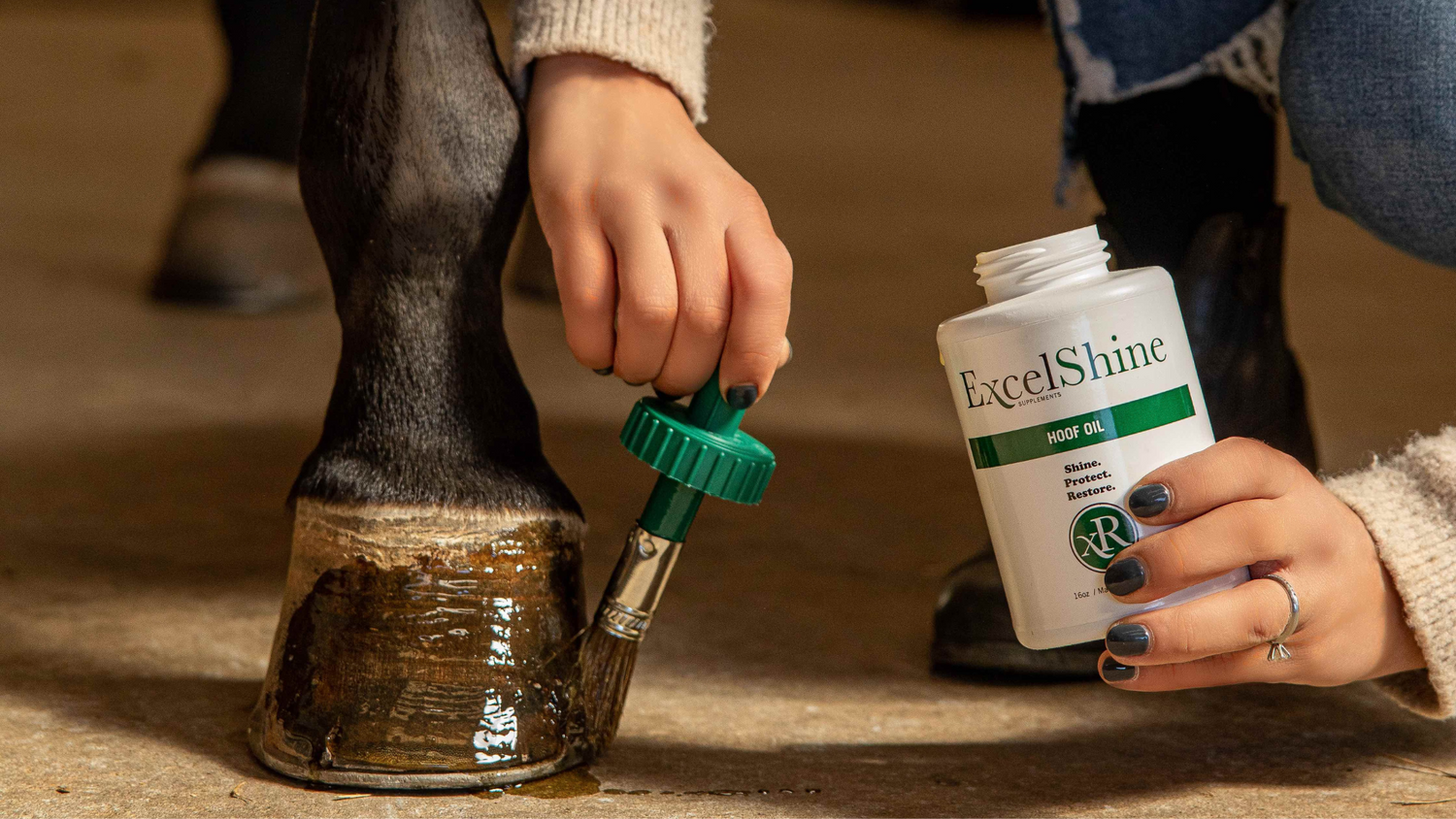
Camelina Oil for Premium Horse and Dog Health
Our proprietary Camelina Oil has the perfect balance of omega-3, omega-6 and vitamin E; while offering a natural way to support joints, increase gut health and improve coat condition for your animals on a Non-GMO bases with a 100% money back guarantee.
Our Products
-
ExcelEQ Equine Wellness Supplement
Regular price From $43.99 USDRegular priceUnit price / per -
ExcelEQ ProElite Equine Performance Supplement
Regular price From $106.99 USDRegular priceUnit price / per -
ExcelK9™ - Natural Joint Support for Dogs
Regular price From $27.99 USDRegular priceUnit price / per -
ExcelR8 Livestock Supplement
Regular price From $29.99 USDRegular priceUnit price / per

Your Animals Health is our Passion
At Excel Supplements, we specialize in the production, manufacturing, and science of our proprietary Camelina Oil, ensuring that all our products stand out in quality and effectiveness. We ensure our ingredients are top-quality through seed development: while every batch of our supplements undergoes thorough testing to meet stringent quality and purity standards. We are committed to offering products that are not only effective but also safe and reliable. We stand by our products with a 100% guarantee.
Benefits of Excel’s Camelina Oil Supplements
-
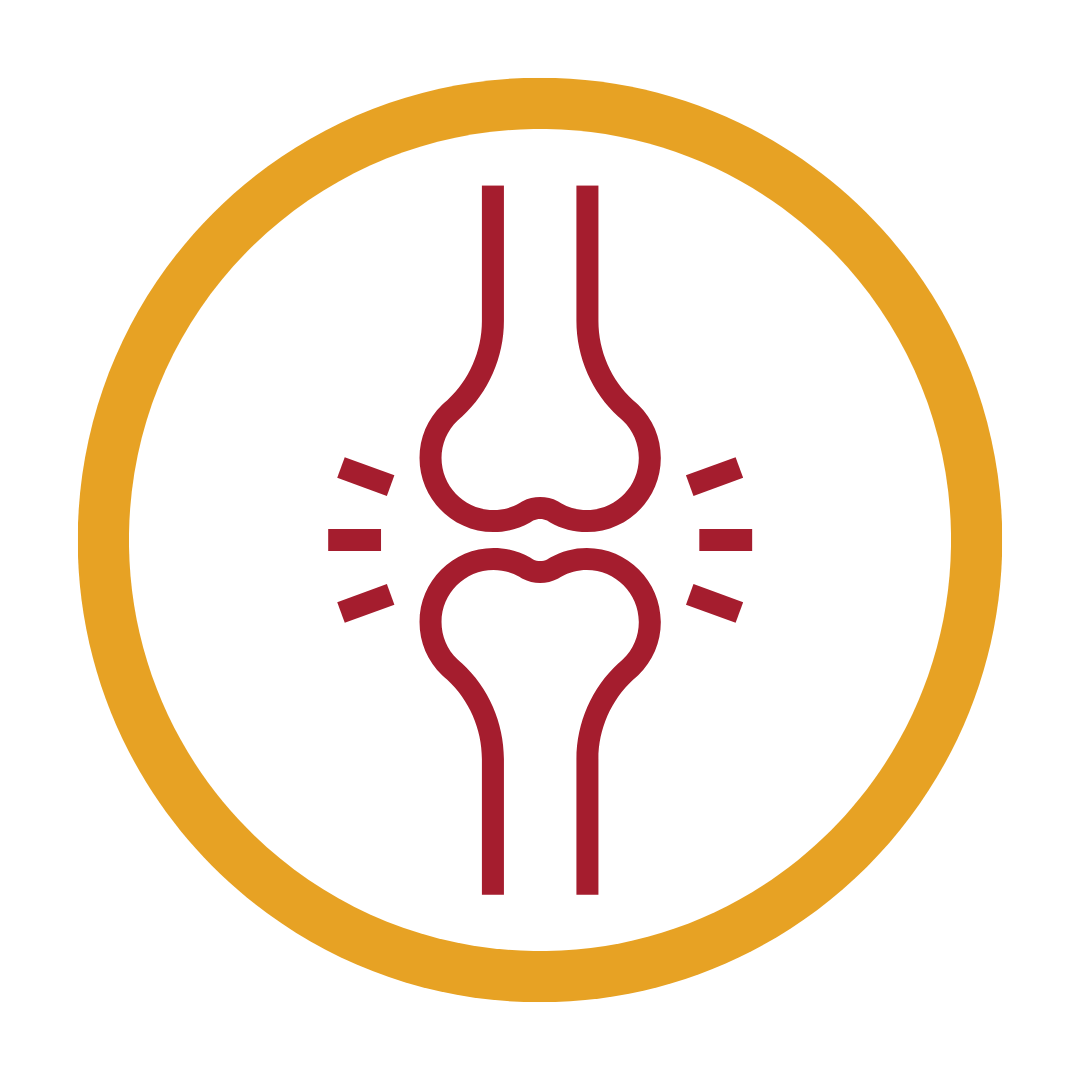
Support and Prevention for Joints
Omega-3 supplementation is linked to promoting quality synovial fluid in joints, which aids in increasing mobility and reducing joint discomfort.
-
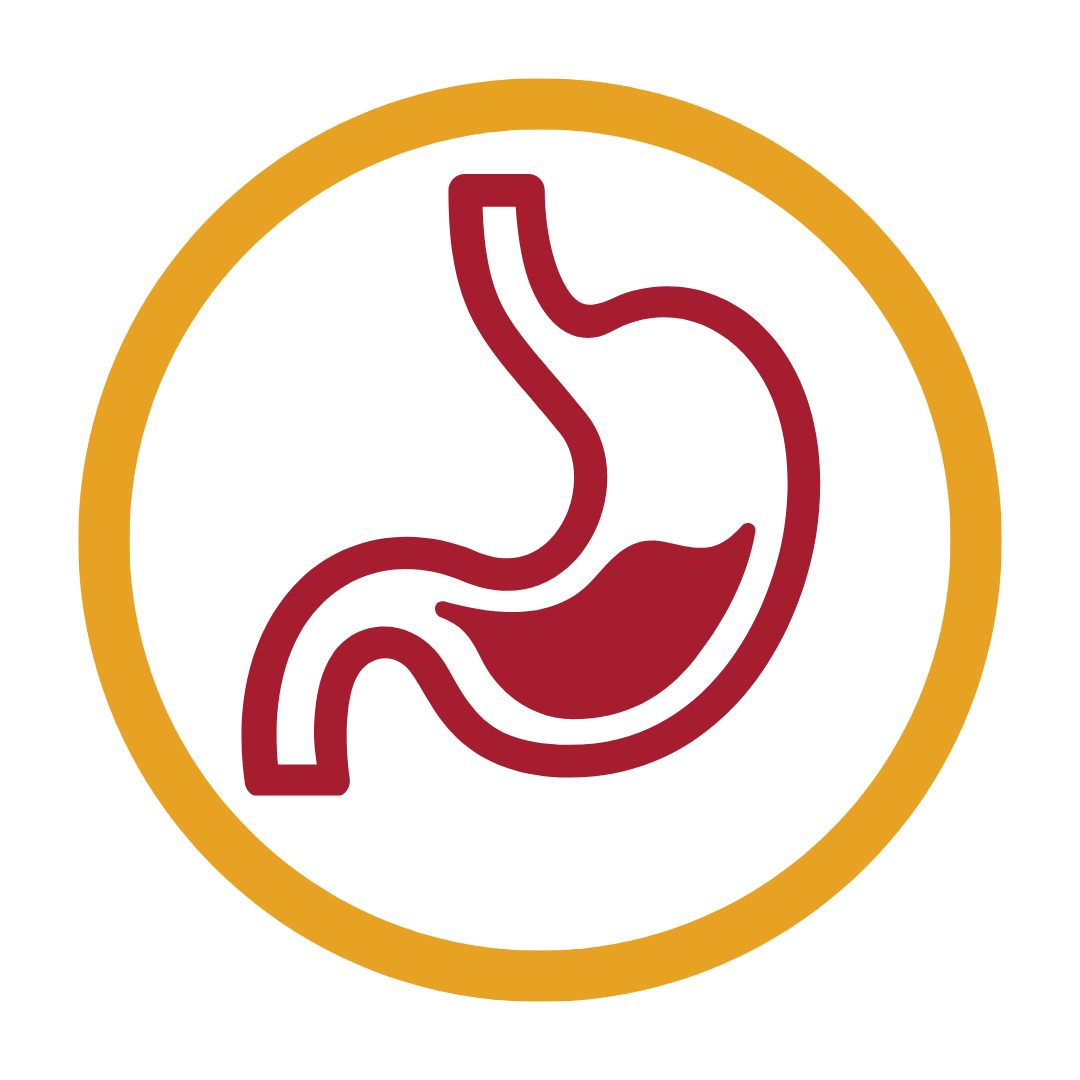
Optimize Digestive Health
Our exclusive CamOlive blend enhances bioavailability, coats the digestive tract, and helps prevent gastric and hindgut ulceration.
-

Improve Skin & Coat Health
Omega-3 fatty acids and all-natural vitamin E in our camelina oil provide relief from dry skin and promote a healthy, shiny coat.
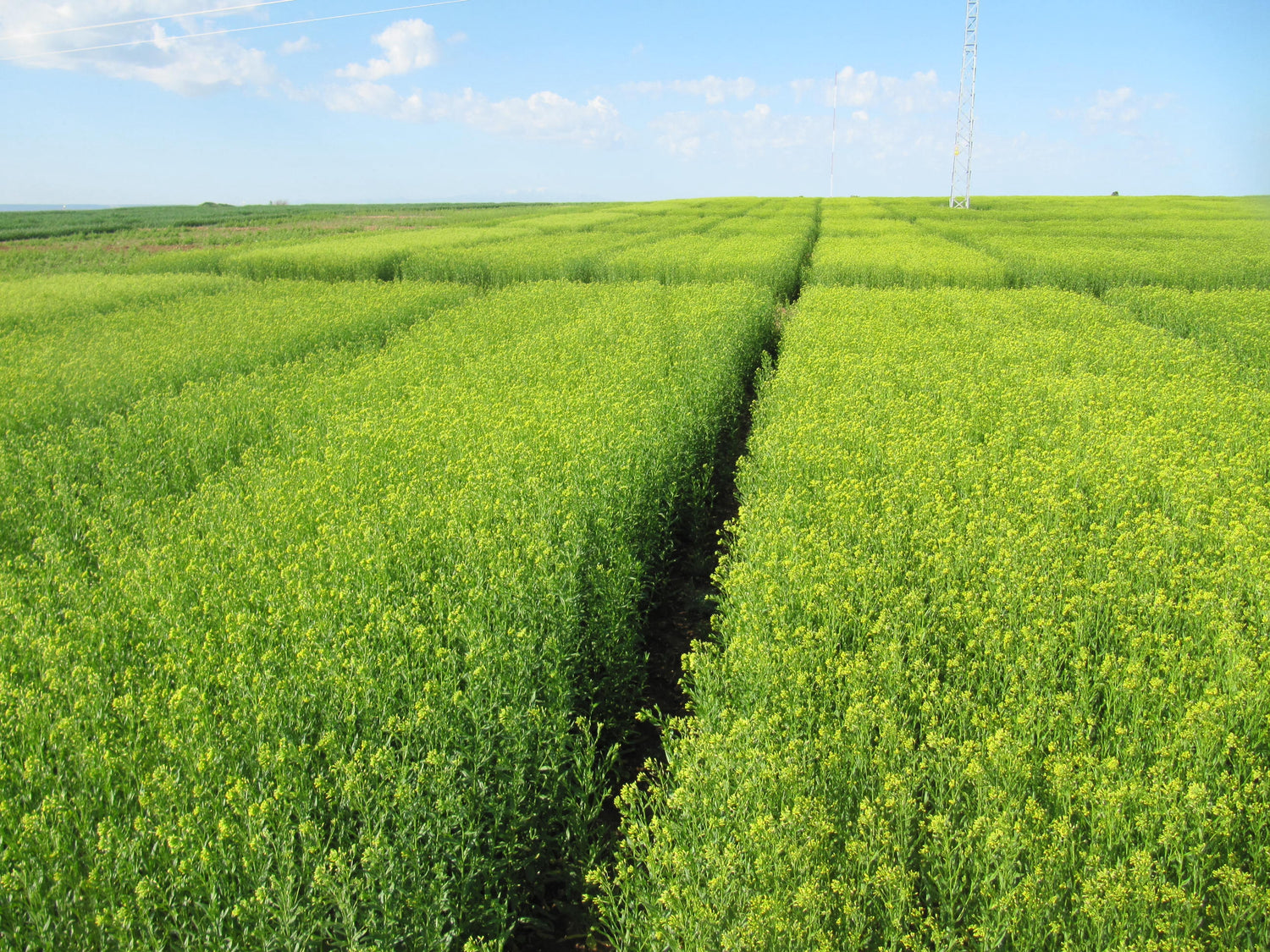
Company Owned Crops
Our Story: The Power of Ingredients
Excel Supplements has over 18 years of research and development experience in proprietary camelina oil for animals. We ensure our ingredients are top-quality through seed development and advanced testing.
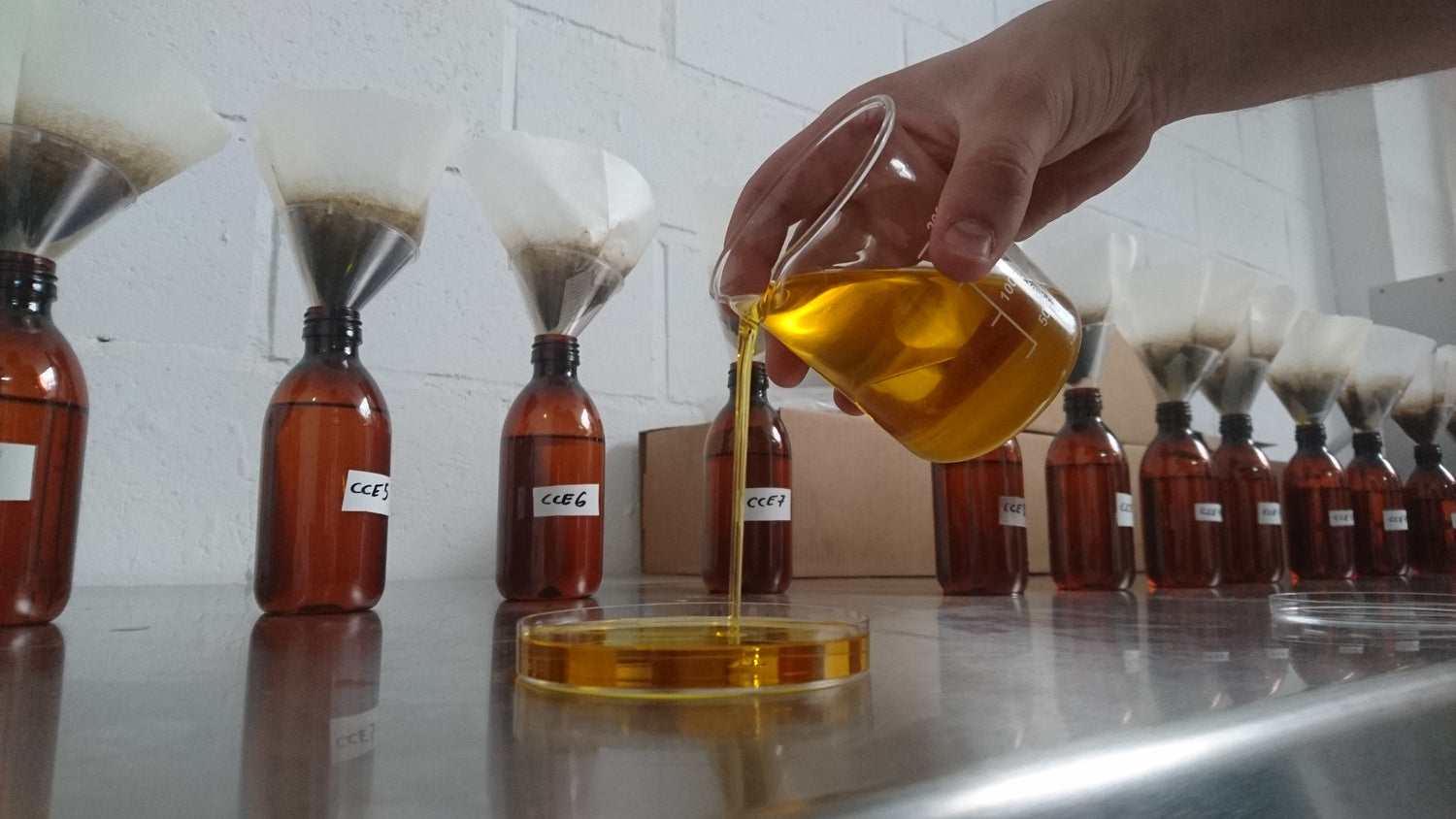
Natural Healing Power
Research-Backed Benefits
Our commitment to research is driven by customer feedback and scientific advancements. Our studies are conducted using innovative techniques that ensure the well-being of all animals involved.
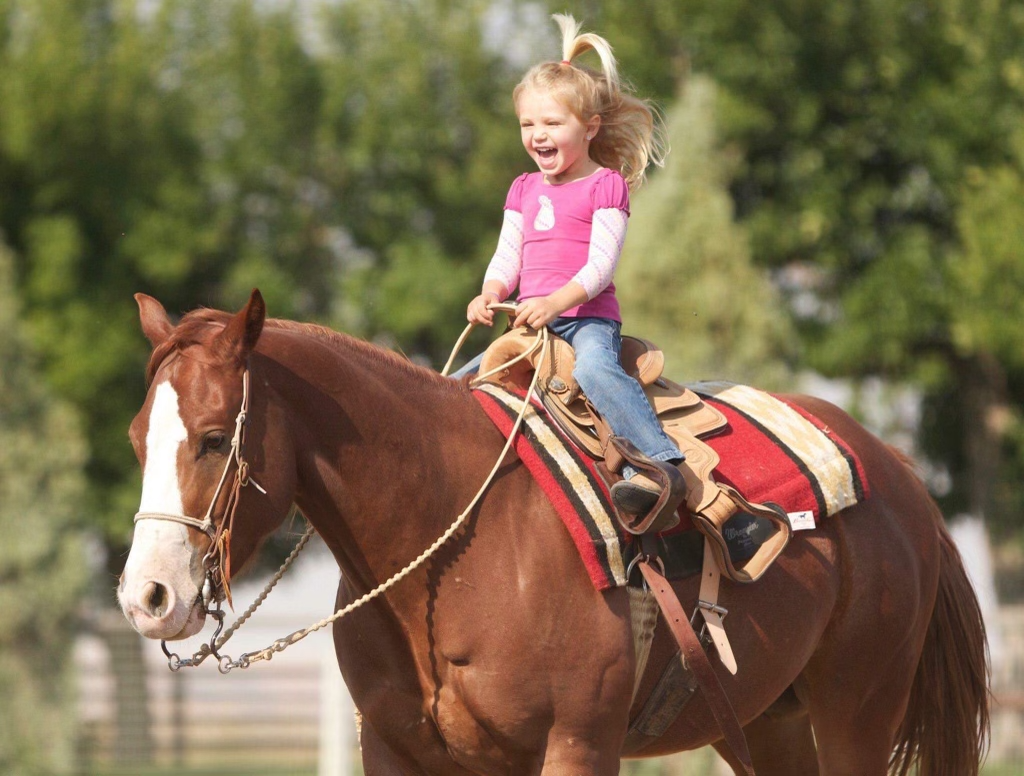
Results in 90-Days
Satisfaction Guarantee
We stand by our products with a 100% satisfaction guarantee. All our non-GMO ingredients undergo rigorous quality control processes to ensure safety and effectiveness.
Blog Highlights
View all-

What to Do When You Can't Ride: Bond with Your ...
Trying to find any reason you can to spend time at the barn around your beloved horse even though you cant ride? There are plenty of ways to keep yourself...
What to Do When You Can't Ride: Bond with Your ...
Trying to find any reason you can to spend time at the barn around your beloved horse even though you cant ride? There are plenty of ways to keep yourself...
-

Muscle Health, Mobility and Stretching with Exc...
Mobility and stretching play a crucial role in keeping your horse healthy and agile. Regularly incorporating stretching exercises can improve flexibility, prevent injuries, and enhance overall movement. But did you...
Muscle Health, Mobility and Stretching with Exc...
Mobility and stretching play a crucial role in keeping your horse healthy and agile. Regularly incorporating stretching exercises can improve flexibility, prevent injuries, and enhance overall movement. But did you...
-

Winter Hoof Care: Essential Tips for the Cold M...
Winter is here, and so is the season for hay, hot cocoa, and winter hoof care! Drops in temperature can lead to icy conditions that affect hoof health. By prioritizing...
Winter Hoof Care: Essential Tips for the Cold M...
Winter is here, and so is the season for hay, hot cocoa, and winter hoof care! Drops in temperature can lead to icy conditions that affect hoof health. By prioritizing...
